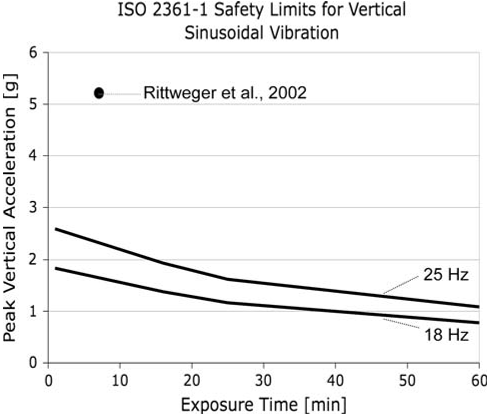




read more









Here, the physical principles of forced oscillations are discussed in relation to vibration as an exercise modality. Possible applications in sports and medicine are discussed. Evidence suggests that acute vibration exercise seems to elicit a specific warm-up effect, and that vibration training seems to improve muscle power, although the potential benefits over traditional forms of resistive exercise are still unclear. Moreover, literature suggests that vibration is beneficial to reduce chronic lower back pain and other types of pain.
Future research should address whether the latter two effects can be strong enough to reduce the risk of falls in the elderly population. There is also substantial evidence to suggest that bones can be affected by vibration, although the exact mechanism is currently unclear. However, clearly more research is needed in order to better understand the specific therapeutic potential of vibration as an exercise model. Moreover, there seems to be a certain need for studies to assess any potential longterm risks.
Hind limb suspension in rat, and bed rest in humans are broadly accepted ground-based models to study those deconditioning effects on Earth.
locking of the knees will reduce energy absorption in the thigh muscles and lead to greater vibration transmission to the trunk.
With regards to humans, low-magnitude vibration (f = 30 Hz, aPeak = 0.2g) seems to counteract bone losses from the spine and perhaps also from the hip in women after menopause (Rubin et al. 2004).
Provided that vibration exercise involves mechanical stretching (see ‘‘Muscle and tendon mechanics’’), there is good justification for the idea to increase flexibility by vibration exercise (Atha and Wheatley 1976).
One could speculate that the alteration of reflex levels by vibration, as discussed above, might help to improve joint stability.
This may be due to enhanced efficacy of the monosynaptic pathway, resulting in improved knee stability and reduced anterior tibial displacement upon shock provocation, and implying potential protection from anterior cruciate ligament injury.
being air-bound can also lead to missing out one or several cycles of the vibration platform, and thus generate sub-harmonic frequencies (i.e. f/2, f/3, f/4) in the vibrated object.
postural sway during perturbed stance was reduced in response to vibration training in the latter study (Verschueren et al. 2004).
The influence of vibration amplitude, by contrast, seems to be essentially non-linear and more pronounced with increasing amplitude.
If this view holds true, then vibration exercise could be a favourable means of warming-up in sports where muscle power is crucial, provided that any inhibitory effects upon muscle power by vibration exercise are smaller than the positive temperature effects.